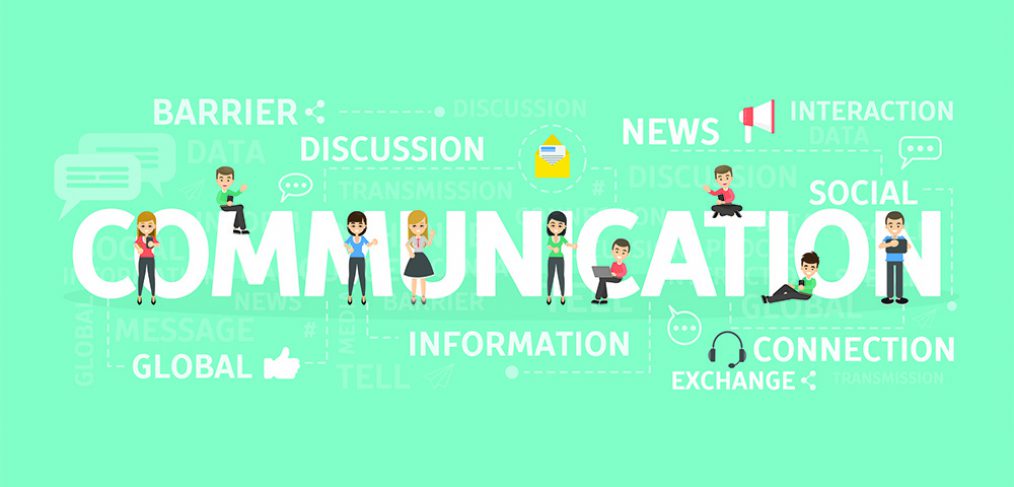Communication is the process of sending and receiving messages through verbal or nonverbal means, including speech, or oral communication; writing and graphical representations (such as info graphics, maps, and charts); and signs, signals, and behavior. More simply, communication is said to be “the creation and exchange of meaning.”
Media critic and theorist James Carey defined communication as “a symbolic process whereby reality is produced, maintained, repaired and transformed” in his 1992 book “Communication as Culture,” positing that we define our reality via sharing our experience with others.
To break it down, in any communication there is a sender and a receiver, a message, and interpretations of meaning on both ends. The receiver gives feedback to the sender of the message, both during the message’s conveyance and afterward. Feedback signals can be verbal or nonverbal, such as nodding in agreement or looking away and sighing or other myriad gestures.
There’s also the context of the message, the environment it’s given in, and potential for interference during its sending or receipt.
If the receiver can see the sender, he or she can obtain not only the message’s contents but also nonverbal communication that the sender is giving off, from confidence to nervousness, professionalism to flippancy. If the receiver can hear the sender, he or she can also pick up cues from the sender’s tone of voice, such as emphasis and emotion.
Here is a small video on “What is Communication”:

